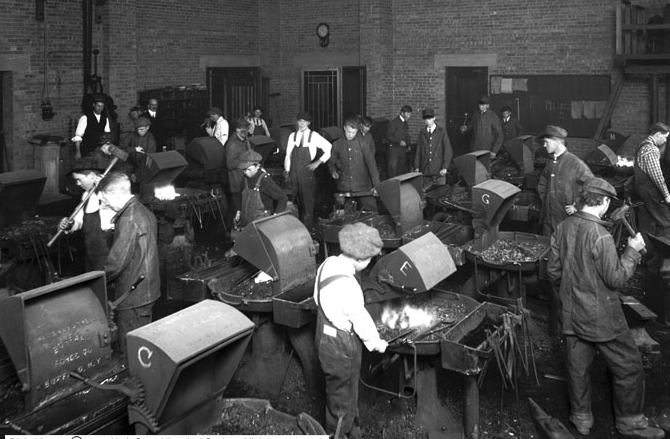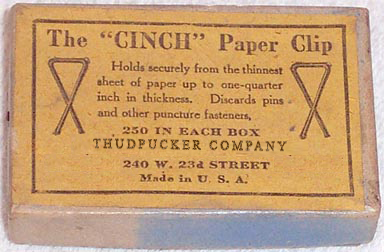
Here at Heritage, we were the first company to make paper clips. Back in 1861, Ignaceous Thudpucker, a Georgia native, was serving as an apprentice under Martin Ross, a native of New York City, as an artisan of nails and tacks.
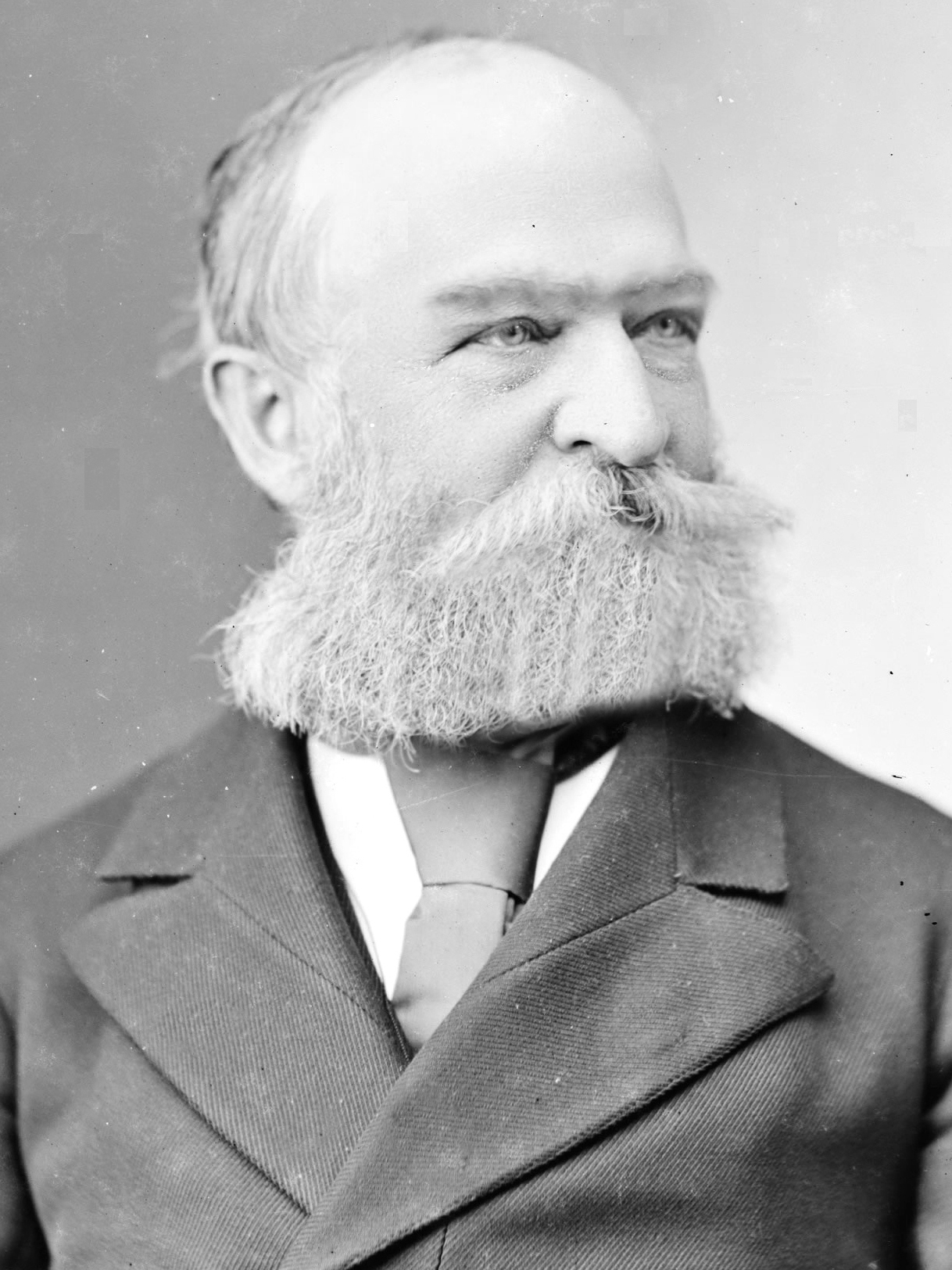
Martin Ross
The two ran a shop out of Poughkeepsie, NY. When the Civil War Broke out, Ignaceous returned home to Savannah, GA. This angered Ross, causing the two to part ways. Ignaceous was wounded in the Battle of Allatoona in 1864, and was placed in a military hospital. While there, he had little to do but fool around with bits of wire. It was here that he created what is now referred to as the "Cinch" paperclip, pictured above. He founded the Thudpucker Company in 1872, running it out of Schenectady, NY, where it still exists today as Heritage Paper Clips.
The success that accompanied the Cinch Clip made Ignaceous famous, and people began to call him "The Baron of Binding". In 1873, Ignaceous married his secretary, Pauline Humholtz, who bore him two children in 1874, Nathaniel and Terrence. In 1880 Terrence began working as a paper boy, while Nathaniel began working in his fathers shop. But, in 1887, tragedy struck. While tending the boilers, Nathaniel was caught in the middle of the Schenectady labor riots of 1887. The mob attacked the shop, thinking it was a meeting place for local businessmen, and killed Nathaniel in a fit of mobbish rage.
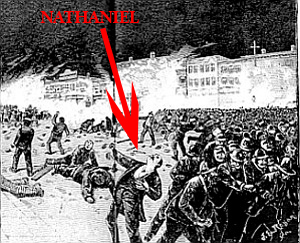
In the melee, the plans for the Cinch paper clip were stolen, and a distraught Ignaceous had to rebuild. For three years, he made brad tacks and lost money, but in 1890, his son Terrence returned from the Orient, and brought a revolutionary idea known today as the Four-Bend Paper Clip. In December of 1890, Terrence Thudpucker patented his idea, and two years later, his father gave him the company for his eighteenth birthday. Terrence renamed it "Heritage Paper Clips", following the instructions of a vision he'd had in a Mongolian opium den. The company made massive profits, receiving orders from around the country. But business really took off when a method was discovered that made it possible to hand make 10 clips at once. This method is still used today. In 1910, after 18 years of good business, Terrence had a terrible fever. He had just married, and his wife was with child. He was bedridden for a year, and when he came out, he was mentally deteriorated. He started a new division to the company for R&D, intending to run it out of an apartment, thus the name "Apartment research".
However, due to his impaired state, he typed "Aperture Research" which became the name.

It began losing money for the company, as its projects included paper clips made of wood, something that appears to be an early and surprisingly accurate jet engine design, and something referred to only as "Blue and Orange Magic Doors".
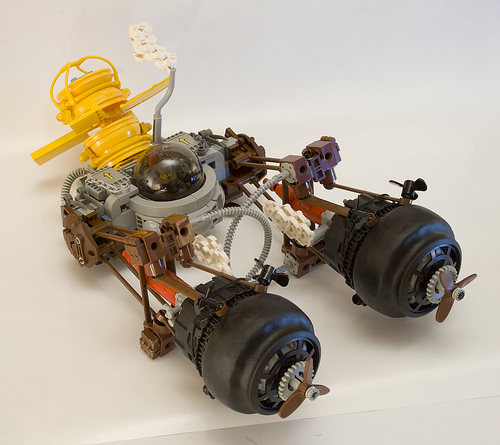
This is a rendition of the jet design
In 1915, Ignaceous died of dysentary, adding to Terrences pain. Terrence then proceeded to make his horse a full legal partner, and allegedly participated in mob sponsored underground fights.
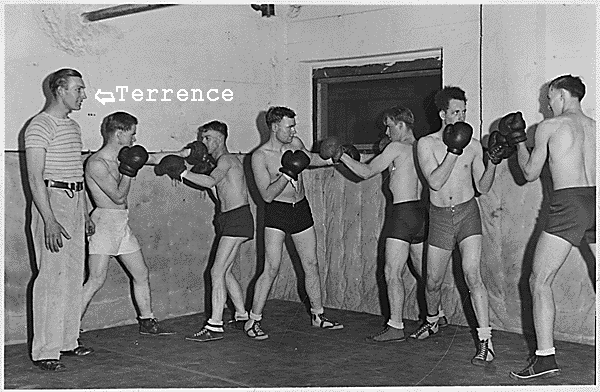
This is probably his picture
Terrence's son Theodore was now 5, and already showing promise in the field of design. But it would be 15 years before Theodore would get to try his hand in the family business. In 1920, prohibition started. Terrence, still mad from power and brain damage, started a speakeasy in Schenectady. Unfortunately, Schenectady was a rather dry community, and the local residents were largely in support of prohibition. The local police busted up his speakeasy, and arrested only him, as no one else actually frequented his speakeasy. During the chaos, someone shot him.

He was in the car on the right
Heritage Paper Clips had to publicly mourn the loss of their owner, but in actuality, everyone knew the company was better off without him. His position was filled by his wife, Annabel, who ran the company rather uneventfully until 1931, when her son Theodore took over.
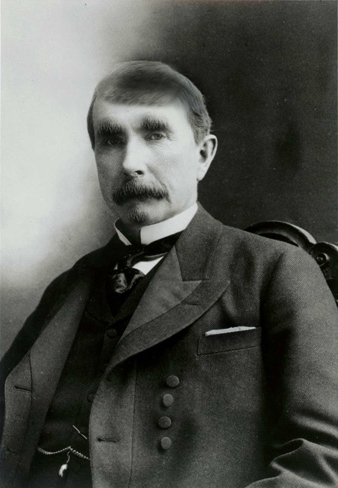
Theodore Thudpucker
Theodore decided to take the company in a more progressive direction. He was being stingy due to the Great Depression, but there was still a need present for paper clips. He viewed this as the time to establish a corporate headquarters closer to the people then just the old shop.
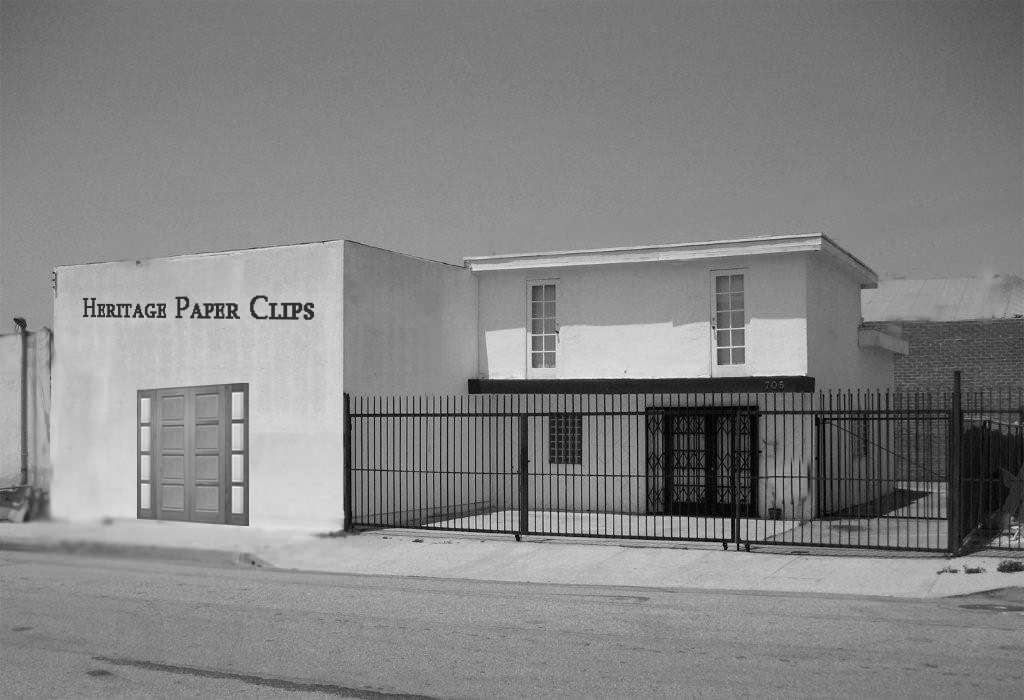
The first corporate headquarters
With the company's now trademark "Logistically problematic oak doors", this was truly the first home of Heritage Paper Clips. But trouble arose. In 1938 a rival arose from Germany. Grunder Corporation started producing paper clips strikingly similar to the Terrence four-bend design. Unfortunately, due to international patent laws, there was no recourse for Heritage. Fortunately, war soon broke out in Europe. During initial bombing, the headquarters for Grunder was damaged, and production was significantly scaled back. Later, in 1945, the Soviets blew it up, killing all employees. Among them were 200 factory workers, 46 secretaries, 34 executives, an undisclosed number of salesmen and an intern named Sven from Munich.

The factory is in the background.
With their major opposition out of the way, and WWII behind them, Heritage was blazing the way to success. We hit a first high point in 1951 with the creation of the Owl paperclip. This new design allowed for the marketing of paperclips to the social elite, people that didn't want to be seen as using "common" paperclips. Also contributing to the temporary downfall of the four bend clip was the fact that the Soviet Communist Party had been using similar paper clips. Now seen as communist, they fell strongly out of favor. This opened the door for all of the designs now available from Heritage. The 1950's are commonly referred to as the "Renaissance of paper clips", and no company took advantage of this like Heritage. By 1959, the paranoia involving Soviet usage of four bend paperclips had subsided (they switched to staples), and all the current models became available. This led into the 1960's, a shockingly dark time for Heritage. Enough paper clips were already on the market that people simply weren't buying them like they used to. The market had moved to something called "roach clips". Now, being a company of strong principles, Heritage opted out of the roach clip market, but amidst falling profits they decided to cave. In 1965, the Heritage Roach Clip was born, and ushered into existence with this ad.
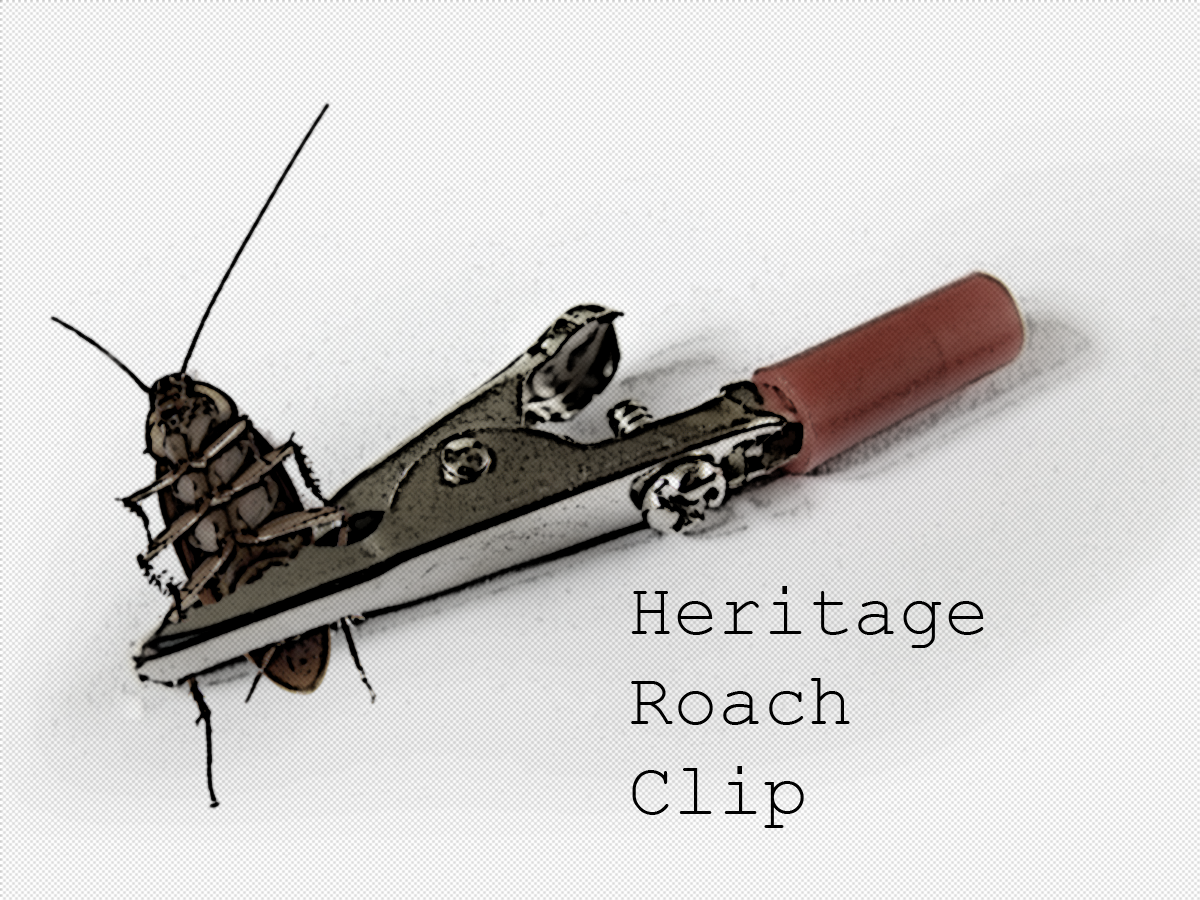
After releasing this clip to the general public, their profits nonupled overnight. However, the community at large had other plans for this new product. Namely, using it to hold drugs. Heritage had created the product for the apparent purpose of restraining cockroaches. This was found on a poster in the Haight-Ashbury district of San Francisco.
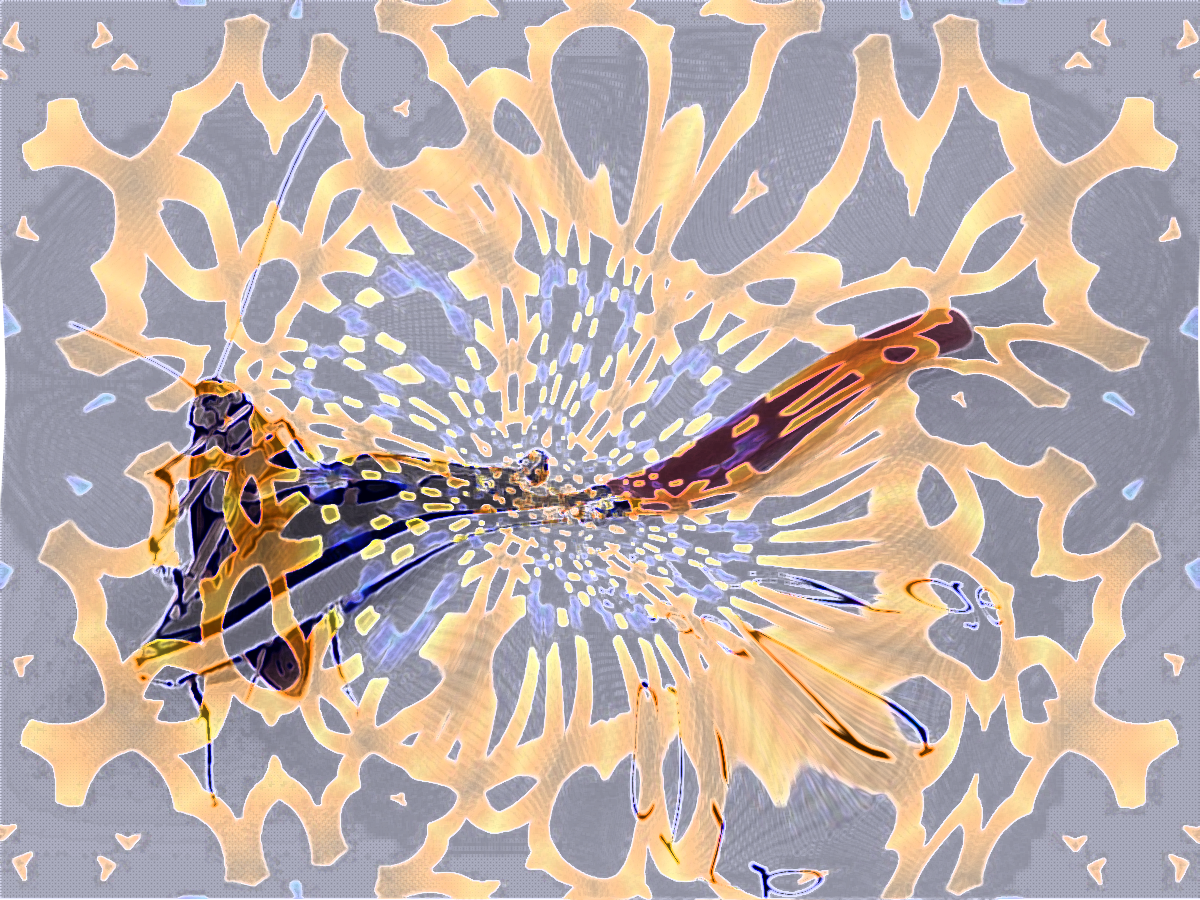
In 1971, production of the roach clip stopped immediately. Thankfully, the strange era of the hippie had ended as well, and people were on to more innocent drugs, like LSD and cocaine.
In the 1970's, nothing major of note happened, aside from Woodward and Bernstein using Heritage Paper Clips. Also, the company publicly opposed Disco. Due to major copyright suits from The Beegees and John Travolta, it was discontinued and all copies were burned. Just like disco.
Then, after Reagan was elected in 1980, things heated up. With the Cold War in full swing, there were many reports going through Washington, and these reports needed to be held together, lest they become simple stacks of paper. With the aid of Heritage, they became packets.
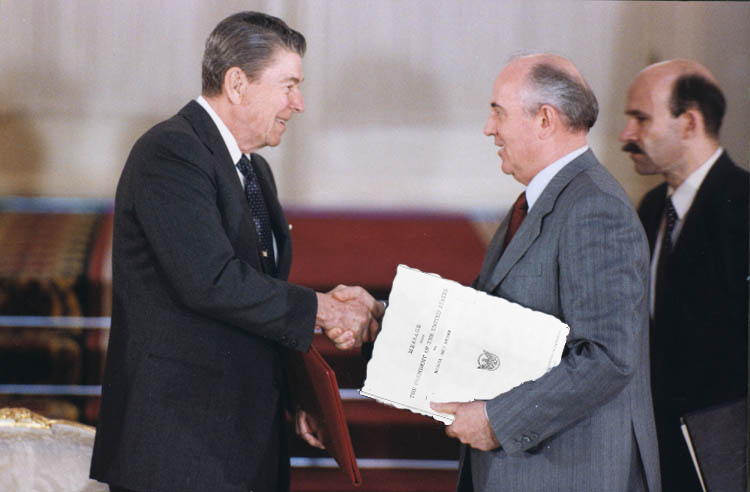
However, in 1984 the company became embroiled in a massive lawsuit filed by a disgruntled ex-employee who claimed he was discriminated against based on his Russian heritage. Also, there were allegations of corporate fraud. The suit was dropped, but it caused a shadow to fall over Heritage for the next decade.
But in 1994, a new dawn arose. With the creation of NAFTA, Heritage could now sell paper clips even cheaper throughout the continent. The Canadian market was booming, and the Mexican market existed too. This allowed for Heritage to raise prices on European exports, making them enough money to open an office in Amsterdam.

Probably too large of a building.
Problems arose when it was realized that, as a family owned company, Heritage would have difficulty managing an overseas branch. So, the building was demolished with a combination of shape charges and dynamite. Unfortunately, this resulted in a sense of lawlessness in Amsterdam, which is continued to this day, exemplified by the prevalence of Marijuana and prostitution.
In the mid 1990's, Heritage decided to take a new approach to business. They attempted to create and market an automobile. This was the first major departure from the standard business model that Heritage had ever actually taken. It was also quite short lived. The company came up with a logo, only to realize that they had neither the know how or the equipment to create an automobile.

This was the logo. Yes it is pretty, no we do not sell stickers.
This logo may seem familiar to loyal Heritage customers. That is because it is the logo that graces the "Heritage Elite" line of paper clips. This exclusive buyers club is by invitation only, and gives members-only access to the most advanced paper clips imaginable.
In the year 2000, Heritage began a new era of prosperity and good business. With constantly rising profits and a stable, bountiful market, Heritage is looking forward to the future.


